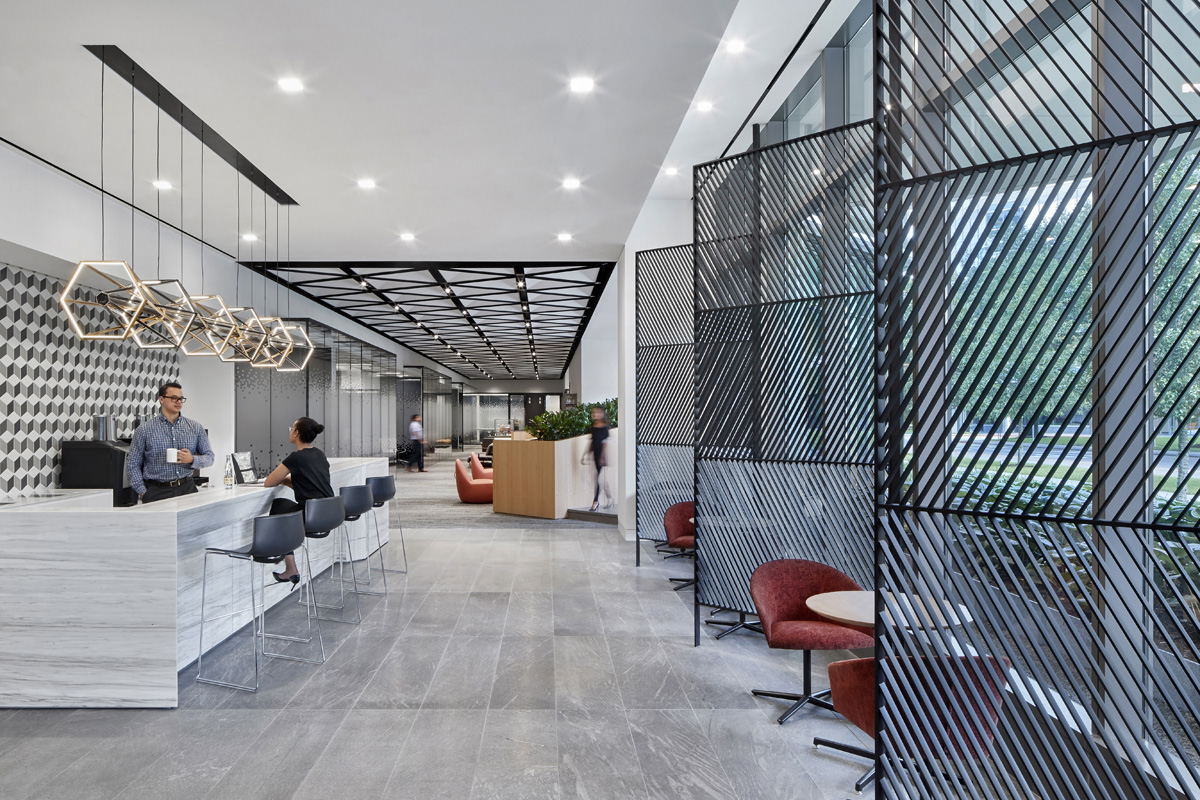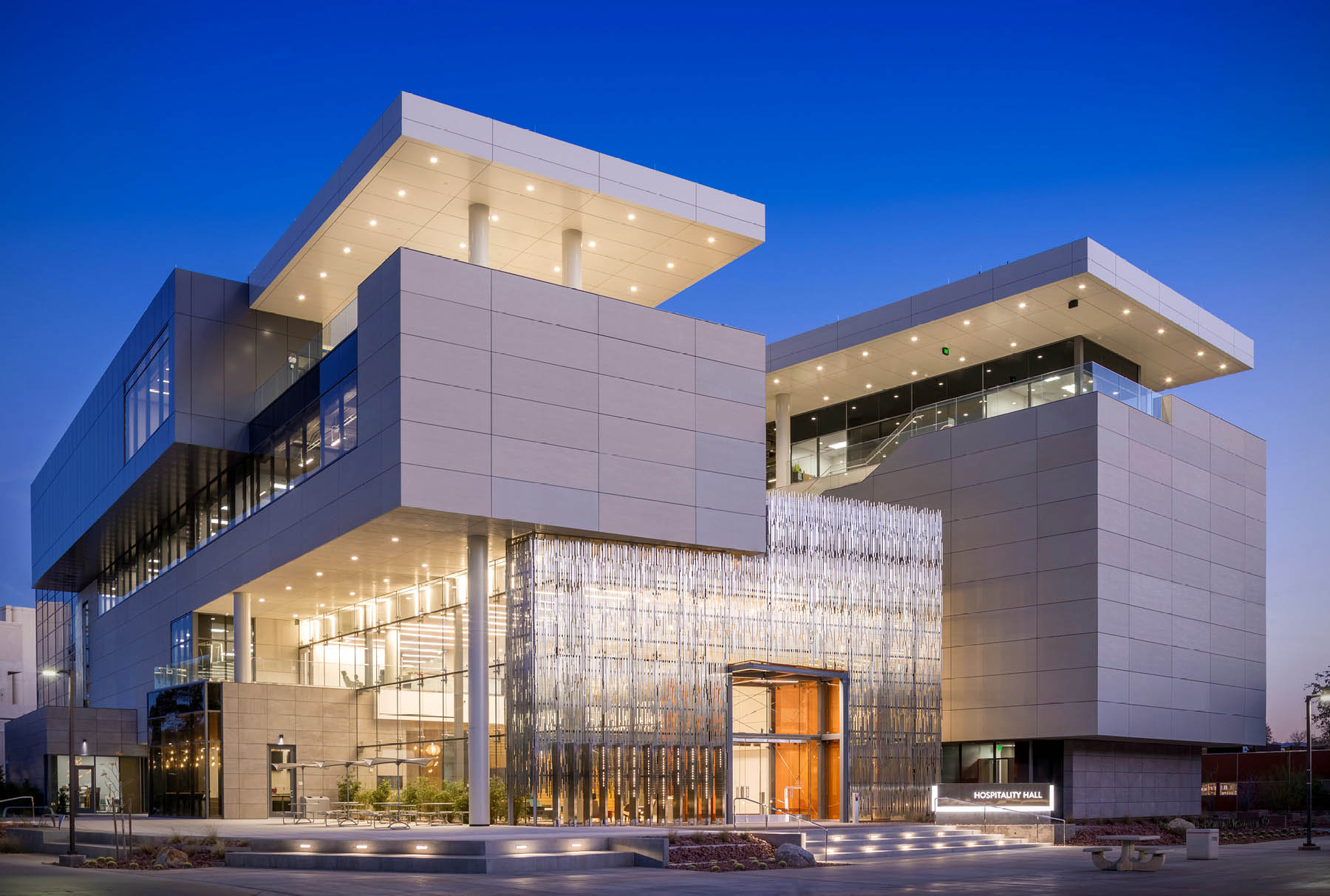What is a Lighting Control?
Everything you need to know about lighting controls
The constantly evolving world of technology brings innovative solutions. There is a huge demand for lighting controls. This is due to consumers growing demand for perfect settings at home, at school, or in the office.
There are extensive options available on the market. From simple dimmers to sophisticated system control panels, the possibilities are endless. As a result, it can be overwhelming for most first-timers to choose the right solution.
Wondering where to start when evaluating the lighting control options available in the market? Continue reading to discover everything you need to know to get you started.
What is a lighting control system?
Lighting controls allow you to control the level, quantity, and quality of illumination in each space.
They can range from the basic on and off switches to advanced smart digital dimming systems. and can be combined with your home automation software or building’s BMS (building management system).
As a result, you’re able to create an adequate setting for specific tasks and create a particular mood.
Some of the most common functions include:
- Changing illumination intensity and tuning
- Regulating lighting, turning it on or off
- Switching between color temperatures
- Daylight harvesting
- Zoning, offering illumination only where needed
- Shade control such as roller blinds
- Time scheduling
They can also help you transform your environment by creating dynamic settings.
Essentially, you get to step away from the traditional lighting to create extraordinary illumination. Choosing the best solution also helps maximize energy efficiency, thus saving you money.
Why are lighting controls important?
Selecting the correct solution for your specific project will provide many benefits.
Here are some of the reasons why they are essential for your project:
- Energy management support
You may be used to reducing your energy bills by choosing energy efficient solutions. But being able to choose the intensity, you can reduce the power usage too.
- Comfort enhancement
Wireless remote controls make life easier, allowing you to operate the lighting from the comfort of your seat or bed.
- Mood setting
Lighting is one of the most prominent factors in creating a mood in a space. Harsh illumination can create discomfort in a space that is supposed to be for relaxing. Controls can also create the optimum ambiance to boost concentration in schools and offices.

- Style creation
Installing an array of controls makes it easier to customize a place’s brightness to suit the required style.
- Safety improvement
Make any pathway safer by controlling illumination with your phone. Sensors will keep any space safe by setting a timer to turn the lights on at night.
The advanced functions make sensors easily suited to various applications and energy management.
What are the different 4 parts of Lighting Control?
In order to perform their specific functions, controls have the following 4 parts:
- Controller device
- Protocols
- Drivers, relay, gear, and sources
- Data transmission systems (wireless or wire)
Whether you are looking for a solution for residential or commercial building use, each of the above parts is critical.
Lighting Control Systems
An intelligence base is required for the control solution to work efficiently.
They are a central computing device for your general, task, and accent lighting needs.
What are the different lighting control systems?
Although control systems perform almost the same function, not all are created the same. There are different options with unique sets of operations.
There are three ways to classify the different control systems, including what they do, the devices used, and technologies and protocols.
What do control systems do?
The control system works as the communication channel between the input and output devices. Therefore, it receives the information and executes instructions accordingly.
Some of the basic functions include:
- Switching lights on and off by completing and breaking the circuit
- Dimming the light by altering the current flowing through the load
- CCT control enhancing to offer a great color rendering
Understanding the basic functionality of lighting control options will help you plan efficiently. This category is the first factor to consider when making a decision.
Different lighting control types

Lighting control systems also feature different innovative designs to fit each specific purpose and are classified to help in planning.
Some examples of the devices and parts used include:
- Lighting controller devices – they send a command to control the light
- Occupancy sensors or motion sensors – They detect movement/presence
- Infrared sensors – They detect the body temperature of moving persons to register occupancy
- Ultrasonic – They scan the whole room to determine when people are present
- Dual systems – They combine infrared and ultrasonic sensors
- Photosensors or daylight sensors – They detect the presence of light
- Traditional controls – Include switches
- Dimmer switches for different levels such as 0-10 V
- Remote controls
- Digital interface controllers
- Graphic display in home automation and BMS
- Integrated lighting controls
There is an array of types of devices for your needs. Once you choose a control that does what you want, the device facilitates those functions.
Technologies and protocols
Lighting control protocols communicate and interchange data between control devices and sources.
Essentially, the protocols define how they operate and synchronize. Some of the more commonly used protocols include:
- Phase control, PWM
- Switching
- 1-10VDC or 0-10VDC
- BACnet
- DALI (Digital Addressable Lighting Interface) is a digital two-way communication protocol
- DMX512 (DMX512 Digital Control Protocol) is mostly used in stage lighting design
- Konnex (KNX)
- TCP/IP (IP-Based Protocols)
- Wi-Fi
- Bluetooth

With the constant evolution of technology, it isn’t easy to keep up to date with different inventions. As lighting control trends expand, consumers are more likely to be interested in the technology behind them.
However, the protocols are more of a recommendation than a rule.
Lighting control technology
The type of technology used on a lighting control is also a way to classify the system. The technology used determines the operation and necessary communication between the components. There are three categories of systems as follows:
1. Wired systems
These systems use low-voltage control wiring that transports the control signals. These are the traditional ‘hardwired’ lighting controls. The analog and digital systems differ based on the installation and control zones.
Examples of analog control systems are 0-10V based systems and phase-cut dimming. Digital lighting control systems include DALI, DSI, and KNX based systems.
The network connection for the wiring installation allows data collection from sensors and control devices. The control signals are then decoded for appropriate lighting action at the control systems.
2. Wireless systems
Wireless control systems are not ‘hardwired’ into a traditional switch control system. The lights and wireless controls communicate using radio waves and other signals, no more wiring!
Some of the popular wireless control systems include MIDI, ZigBee, Bluetooth Mesh. The most advanced wireless lighting controls are in smart lighting systems. Smart LED bulbs with inbuilt software can be controlled by an app on your mobile device.
3. Other categories
We may categorize lighting control systems based on the lamp sources and the related drivers or ballasts.
There are various fixtures types and sources, some examples include:
- Incandescent and halogen fixtures have a filament and halogen gas in the bulbs that illuminate once heated.
- Fluorescent lamps produce visible light when the fluoresce coating emits the energy.
- HID (High Intensity Discharge) lamps are used for creating as much visible light per watt as possible.
- Metal halide
- Low and high-pressure sodium
- LED or light-emitting diode which illuminates when the current passes through microchips
With this wide variety of technology, you are bound to find the perfect solution for your project. If it’s still a little overwhelming, make your life easier with a professional who can help you decide.
Innovative lighting controls have been gaining popularity in recent years. Their importance increased significantly due to their ability to support basic functionality. Investing in the proper one is a valuable addition to your project.
Richporter is ready to help with choosing the right solution. Our team of experts will recommend the best choice tailored to your project needs.
Reach out to us to request more information.